Popular on Food52
Continue After Advertisement
12 Comments
Sarah
May 23, 2016
Awesome! I did a similar one here with orange: http://theweeklypickle.com/week-20-pickled-fennel-with-orange/
Sarah
May 19, 2016
I did a similar version here: http://theweeklypickle.com/week-20-pickled-fennel-with-orange/ ...check it out!
Charles M.
July 26, 2014
Your article brought back great memories. My grandfather was of Sicilian decent, and every holiday meal was proceeded by an appetizer of finochio and olives. I can still remember the crazy look the produce guy at Jewel gave me when I asked him where the finochio was. It took me a long time to find out the English name of fennel! Recipe sounds great, I'll have to try it.
tamater S.
March 9, 2014
Thanks for this…and while we're talking pickles, do you know of a pickling brine recipe for capers? They're actually nasturtium buds a great substitute for capers, and since capers are so costly, I've decided to plant lots this year.
Recipes anyone?
Recipes anyone?
CarlaCooks
March 10, 2014
I just picked up a copy of River Cottage Handbook No.2, Preserves from the library and cam across a recipe for pickling nasturtium capers. It calls for: 15 g salt, 300 ml water, 100 g nasturtium seed pods, a few peppercorns (optional), herbs such as dill or tarragon springs or bay leave (all optional), and 200 ml white wine vinegar. You start by dissolving 15g salt in 300 ml water. Once dissolved, add the nasturtium seed pods and leave for 24 hours to brine. After 24 hours, drain and dry the seed pods. Pack them into two small jars with a few peppercorns and herbs of your choice (both optional). Cover with the vinegar and seal the jars with vinegar-proof lids. Store in a cool, dark place and leave for a few weeks before eating. Use within a year.
Angela B.
March 10, 2014
I've never done so myself, though The recipe Carla shared sounds pretty great! I'll definitely have to try it out!!
tamater S.
March 10, 2014
Carla, you came through quick!
I'm doing up my nasturtium seedlings this afternoon. For anyone who's interested, these gorgeous flowers aren't hard to grow. You can buy seeds to grow in little bush shapes, or vining ones. And they don't need fertilizer. In fact, you get more blooms without fertilizer.
For some reason I didn't have much luck searching the net at large, for a recipe. This is much appreciated.
I'm doing up my nasturtium seedlings this afternoon. For anyone who's interested, these gorgeous flowers aren't hard to grow. You can buy seeds to grow in little bush shapes, or vining ones. And they don't need fertilizer. In fact, you get more blooms without fertilizer.
For some reason I didn't have much luck searching the net at large, for a recipe. This is much appreciated.
Anna H.
March 7, 2014
This looks amazing. Any recommendations for things to eat it on/with?
Angela B.
March 7, 2014
Hi Anna. I like putting them on sandwiches for a fun, acidic twist. I also chop the pickled fennel slices up into smaller bits and toss them into warm side salads.
Megan
March 10, 2014
I made these over the weekend- and really enjoyed them. I tossed some in a salad w/ escarole, orange & tangelo segments, and oil-cured black olives. Used the brine+olive oil for the dressing. It was yummy!
Angela B.
March 10, 2014
I'm so glad to hear that you enjoyed them! That salad sounds awesome--definitely something I would like!
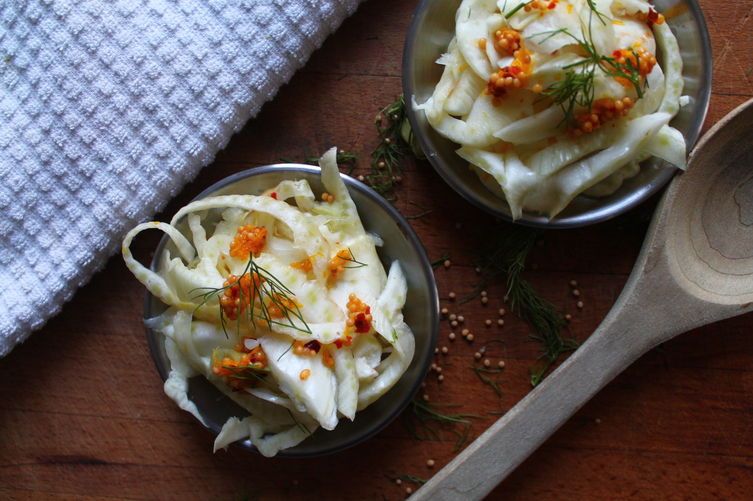

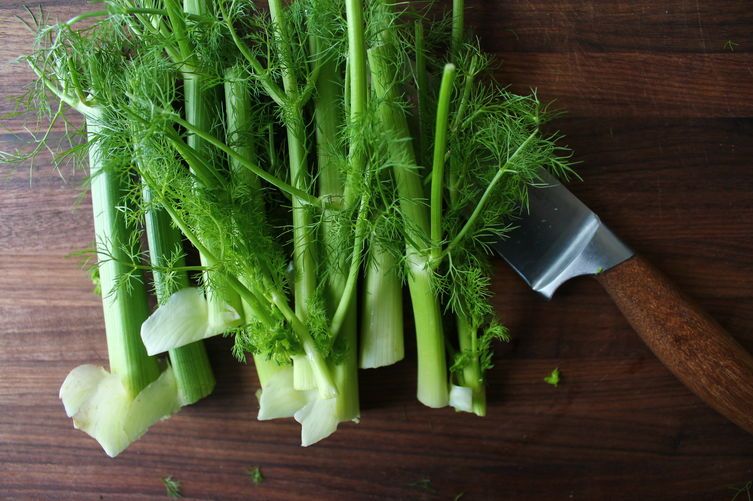
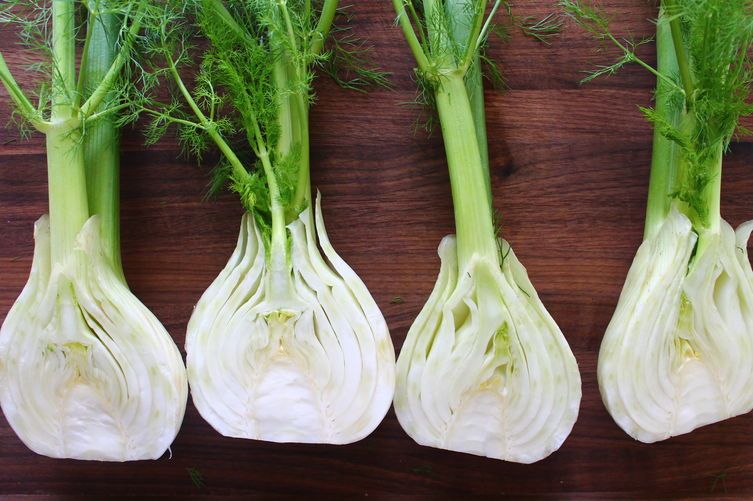
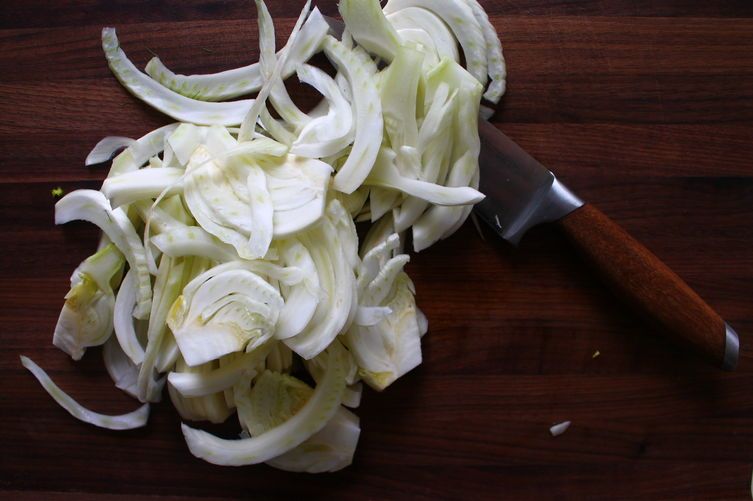
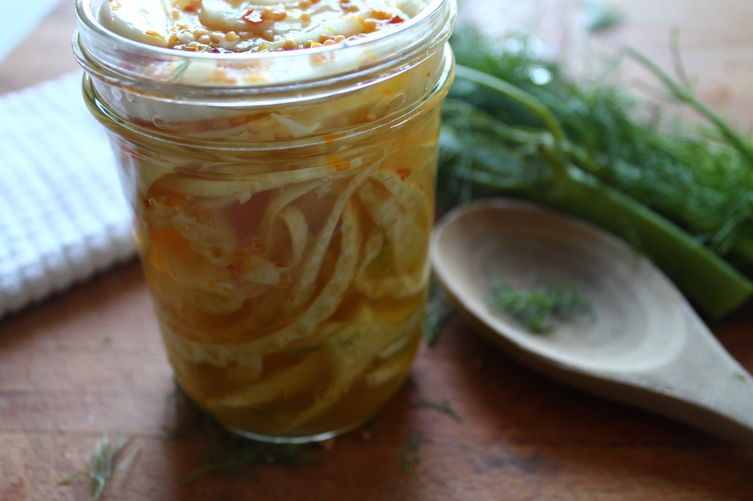
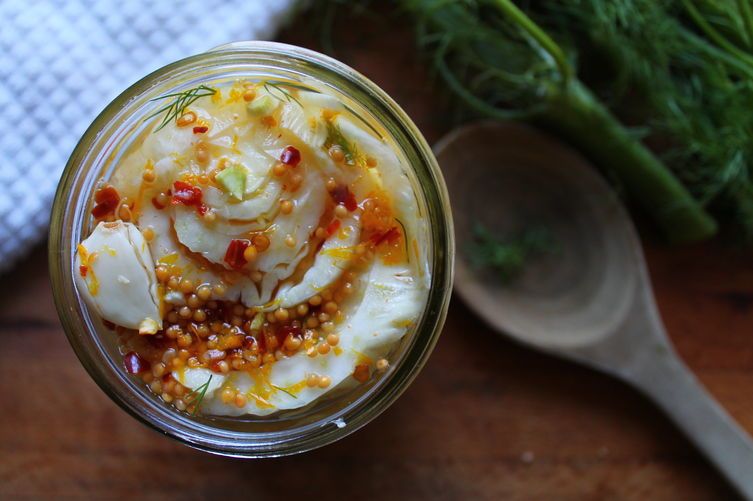

See what other Food52 readers are saying.